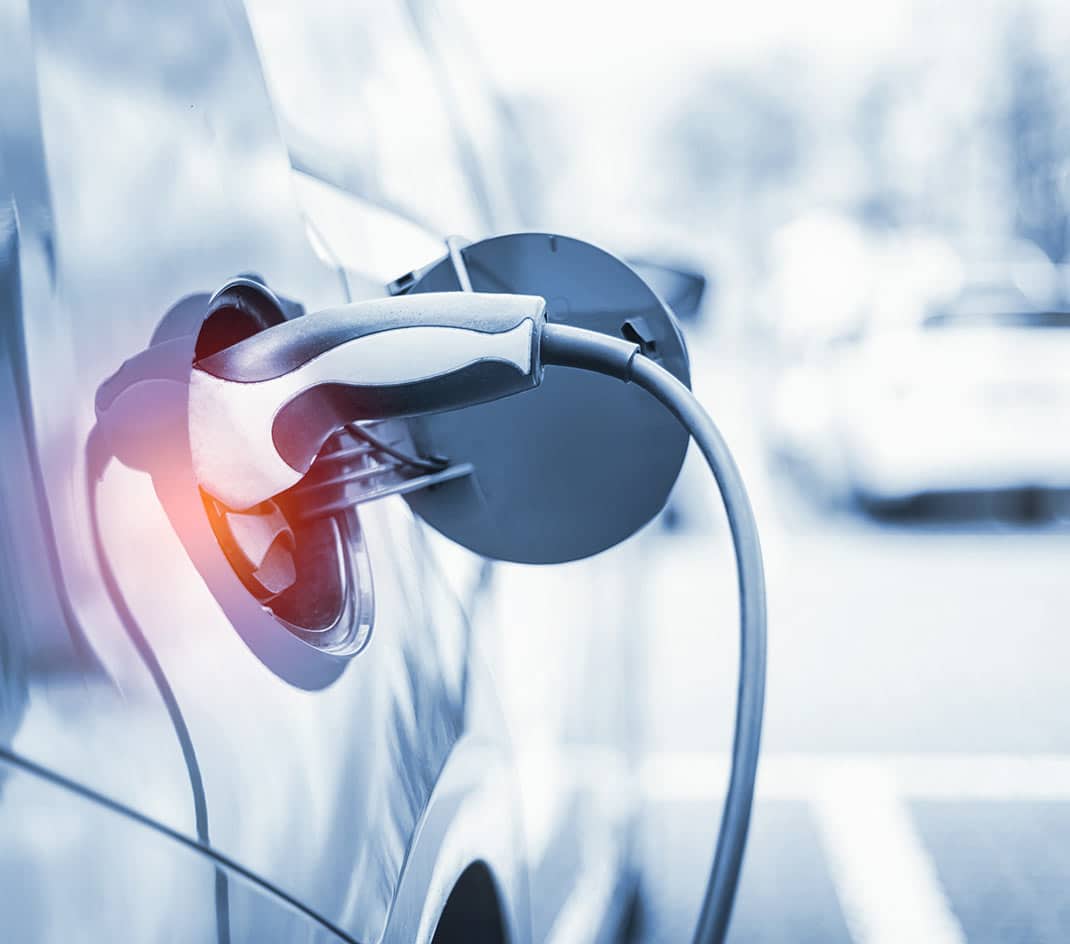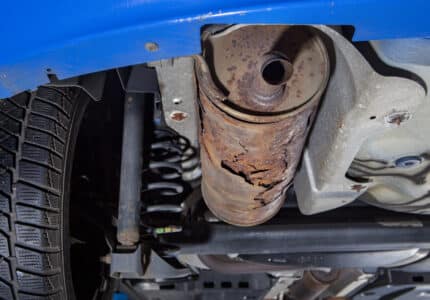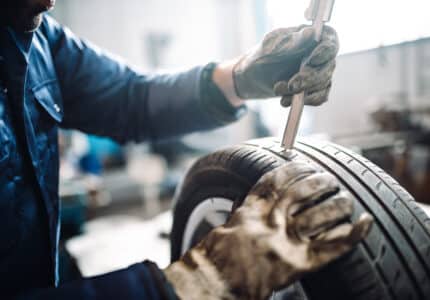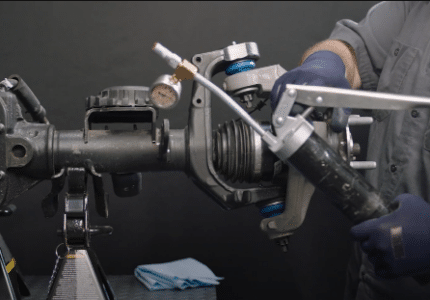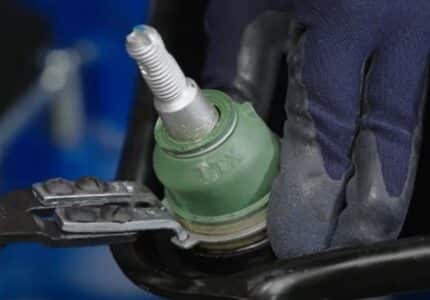WHAT YOU NEED TO KNOW ABOUT ELECTRIC VEHICLES AND THE AFTERMARKET
The sales of new EVs (electric vehicles) is on the rise. Whether for personal use, for commercial or public service fleets, or even for ride-sharing, EVs are increasingly the preferred choice. With more and more EVs on North American roads, repair facilities will need to adapt their businesses and skillsets to accommodate them.
In comparison to their ICE (internal combustion engine) equivalents, contemporary EVs utilize much simpler powertrains, almost eliminating the requirement for regular maintenance, such as oil changes. However, there are still similarities between the two types: suspension design and geometry.
EV suspension components face the same challenges as ICE suspensions when on the road, including potholes, road contaminants and the wear and tear of everyday driving. But they also face unique challenges associated with vehicle weight and torque delivery, which may impact part service life.
EV Weight and Torque Put Suspension Parts Through Their Paces
While OEMs are striving to make improvements in this area, battery packs remain the heaviest individual EV component, weighing up to 1,200 lbs (540 kgs) on popular long-range models. Typically installed at the bottom of the vehicle, they create a lower center of gravity. When comparing a full sedan EV to an equivalent ICE vehicle, the curb weight of a fully optioned EV may be up to 30% more.
When it comes to torque, an electric driveline means “instant” full torque output available at 0 RPM, with gradual drop off. Even under normal service conditions, the combination of increased vehicle weight and high torque output can put strain and stress on suspension components. In particular, the front suspension and wheel end components – such as control arms, stabilizer links and wheel hub assemblies – encounter dynamic fore-to-aft loading forces as the vehicle rapidly accelerates or decelerates.
Mevotech Engineered Solutions
Mevotech Supreme and TTX™ are the engineered solutions for EV aftermarket suspension and wheel end components. Combining exclusive X-Factor enhancements, Labor Saver™ installation aids and wide product coverage, the Professional Technician now has a comprehensive and improved aftermarket alternative.
Learn more about X-Factor enhancements.
Learn more about Labor Saver™ advantages.
Coverage
Through innovative product research and a commitment to constantly bringing new repair solutions to the aftermarket, Mevotech offers suspension and wheel end components for HEV, PHEV and BEV vehicles from:
- Chrysler/Jeep
- Ford
- GM
- Tesla
- Honda/Acura
- Hyundai/Kia
- Mitsubishi
- Nissan/Infiniti
- Subaru
- Toyota/Lexus
- Audi/Volkswagen
- BMW
- Mercedes-Benz
Case Study
Learn how Mevotech Supreme replacement suspension components address the challenges of the Tesla Model S platform and facilitate an easier install for the Professional Technician.
Getting to Know the Types of Electric Vehicles
HEV (Hybrid Electric Vehicles)
A small electric motor assists the internal combustion engine (ICE), typically under light load. An internal battery is recharged through regenerative braking and/or the ICE.
PHEV (Plug-In Hybrid Electric Vehicles)
Can be powered using the ICE, internal battery or a combination of both. This type of vehicle may be plugged in to recharge the internal battery.
BEV (Battery Electric Vehicle)
Solely powered by an internal battery, these vehicles are plugged in for battery recharge (Level 1, 2 or 3 chargers), which can be supplanted by regenerative braking during operation.
FCEV (Fuel Cell Electric Vehicle)
An electric motor is driven by a reaction utilizing compressed liquid hydrogen and air. This type of vehicle is not common.
